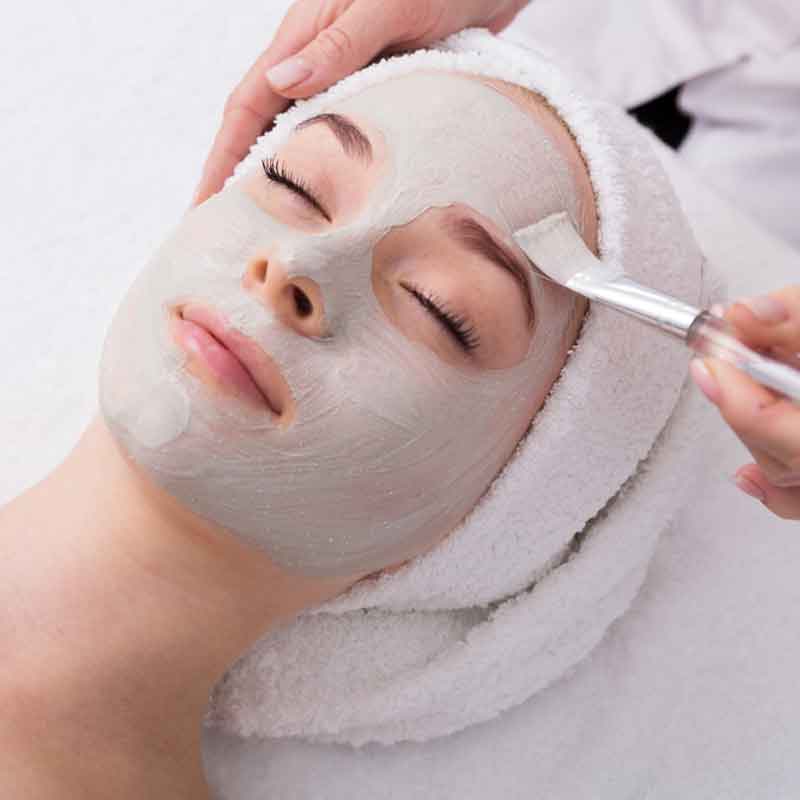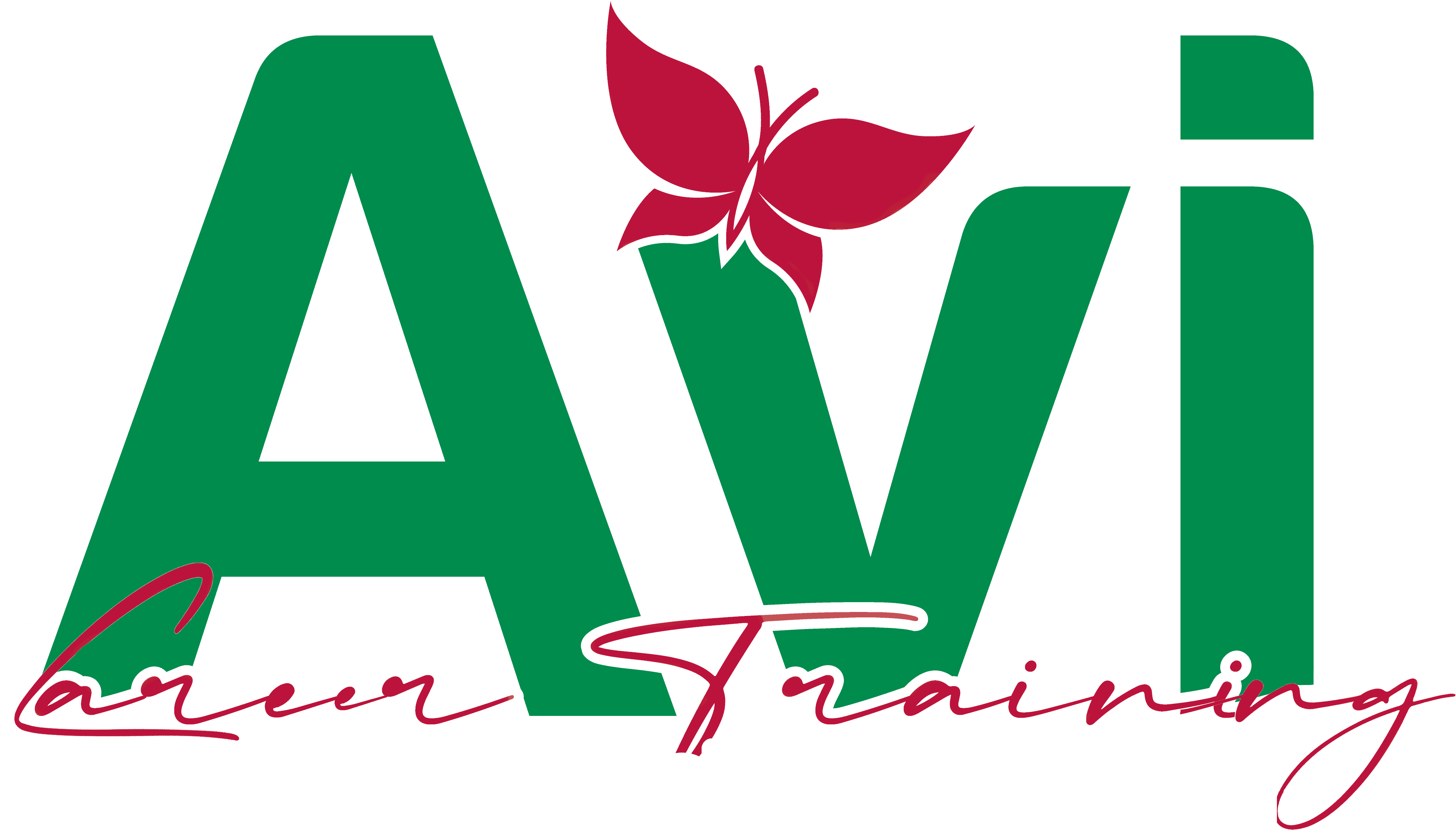
Instructor Esthetics in Fairfax County, VA
Instructor-Esthetics 400 Hours
Textbook: The Standard Milady Educator, Milady Publishing Corporation, Bronx, New York, 2002 edition.
The student instructor observes and assists experienced/ licensed instructors in the performance of their duties as part of their practical learning process.
The profession is in need of well-trained, qualified teachers. This course of study is planned to present a program for the training of the personnel required to supply the need of education in the field. In addition, the course will include information on preparing a resume for seeking and obtaining employment as well as preparing for the state board exam. Instructors should attend a Continuing Education Seminar, at least once every two years.
Instructor-Esthetics
Orientation & Safety, Health & Fire Prevention: 10 hrs.
Students working towards an Esthetics Instructor Certificate will learn how to teach others the art of massage
manipulation, skin care, and other beauty and wellness skills. They will learn how to create teaching materials,
develop lesson plans & know how to apply these skills in the classroom.
Curriculum: 5 hrs.
In this course, the student instructor will develop techniques and methods for preparing a course curriculum.
Students will also learn how to manage a class based on the outlined curriculum.
Course Outline and Development: 10 hrs.
Students will learn how to develop a course outline based on the course material that they are presenting. The
course emphasized different course outline methods.
Lesson Planning: 5 hrs.
Students will master developing a lesson plan paying attention to the subject being covered, the time given to teach
the lesson, the need and the student’s level. As there may be a school with a developed lesson plan, students will
learn how to follow the designated lesson plan.
Classroom Management 5 hrs.
Students will learn how a class is based on the course material that they are presenting. The course emphasized
different course outline methods.
Teaching Techniques: 15 hrs.
Instructor’s techniques can differ from one instructor to another. Students will learn how to prompt and facilitate
classwork focusing on guiding the student, by asking questions that lead them to their own conclusion on the
subject.
Methods of Instruction: 15 hrs.
Students will be exposed to the different Instructional methods during this course. This is the most used method of
instruction, where the instructor becomes the sole disseminator of information. The instructor presents information
to the student systematically in this method. This approach is considered the best method to use because the
instructor interfaces with the students by presenting segments of instruction, question the students frequently, and
provides periodic summaries or logical points of development.
Learning Styles: 5 hrs.
During the course, the class will examine more closely the advantages and disadvantages of each method of
instruction. And how they can be used to reinforce the teaching points and reach the objectives effectively.
Learning Disabilities: 5 hrs.
Students will demonstrate an understanding of the characteristics, diagnosis, assessment, and specific remedial
techniques of students with learning disabilities. Students will be prepared as professional educators of students
with learning disabilities. Upon successful completion of this course, the students will be able to Plan appropriate
academic and social activities in the areas of math, reading, writing, social development, and communication for
students with learning disabilities. Identify and explain the educational placement options for students with learning
disabilities. Identify components and plan for the transition from school to work for students with learning
disabilities. Discuss and apply the concepts of learning from text to the actual classrooms. Obtain and analyze
research articles pertinent to students with learning disabilities and compare information in the articles with class
discussions and activities.
Teaching Aids: 5 hrs.
Students will learn how to incorporate learning aids that will follow the class. Different methods will be used
(slides, power point etc.).
Developing, Grading and Administrating Examinations: 15 hrs.
Most veteran instructors agree that examinations and grading remain one of the more challenging aspects of
teaching. While the basic academic Senate Regulations on grading are straightforward, special circumstances often
confuse the process and have the potential to lead to complex decisions. The following information offers
suggestions for addressing difficult situations.
School Administration: 5 hrs.
The course discusses the importance of communication between the instructor and the school administration.
Record Keeping: 5 hrs.
In this course, the instructor will develop record keeping techniques compatible with the class instructed.
Laws and Regulations: 15 hrs.
In this module, students will learn about teaching within the industry. Students begin to understand the Qualities
and Characteristics of a Master Educator, emphasis effective communication skills, in addition to Educator
Relationships.
Presentation of Theoretical Subjects: 60 hrs.
In this course, students will learn strategies for learning concepts, the steps in curriculum development and lesson
plan development. Students will also learn how to develop and use educational aids~ with emphasis on Teaching
Skills and Presentation Techniques. Results- oriented Classroom Management will be discussed, and
Administrative Responsibilities will be introduced.
Presentation of Practical Subjects: 60 hrs.
Industry Needs will be discussed. Students will be taught how to build and supervise a Dynamic Clinic, and about
promoting the clinic in the Community. In addition, students will learn detailed Evaluation and Testing Methods.
Supervision of Clinic Floor: 80 hrs.
Students will demonstrate their understanding of teaching to Diverse Learning Styles and become confident in
Teaching and Learning Methods. Powerful Teaching, Learning Tools, and Techniques will be discussed. Emphasis
is placed on achieving Learner Results, including Special Needs Learners.
Practicum Teaching: 80 hrs.
The students will examine Professional Career Development, and the General standards. Students will also explore
Preparation for Licensure and Employment. Preparing for the Test, Resume Development, and Interview
Preparation are discussed.




